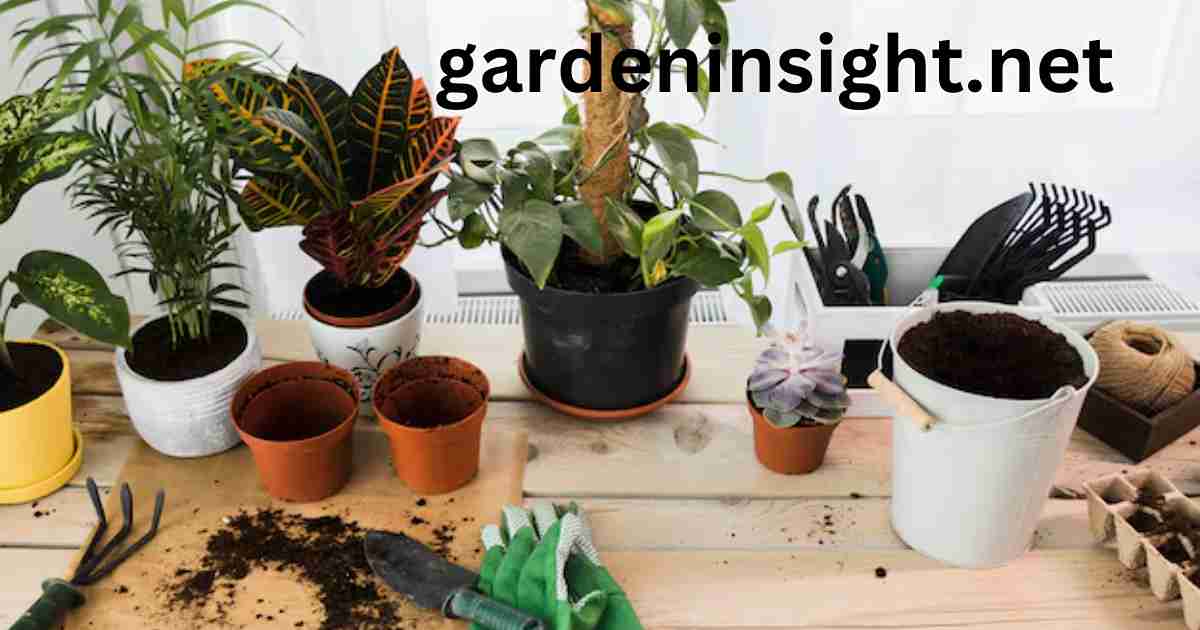Gardening is a rewarding hobby, but not everyone has a yard. That’s where pot gardening comes in! Growing plants in containers is a great way to enjoy fresh herbs, vegetables, or flowers even in limited space.
Starting a garden in pots is a rewarding and accessible way to enjoy the benefits of gardening, no matter the space you have.
This guide will walk you through everything you need to know, from choosing the right pots to ensuring your plants thrive.
Why Choose Gardening in Pots?
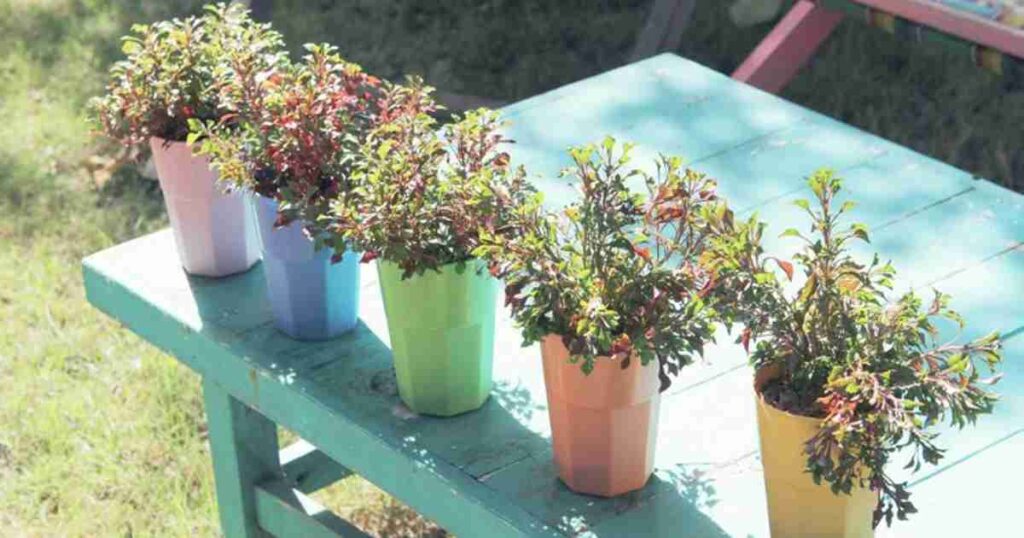
Gardening in pots is perfect for those with limited outdoor space. Whether you have a small balcony or a sunny windowsill, container gardening allows you to grow flowers, vegetables, or herbs conveniently and beautifully.
What You’ll Need to Start Gardening in Pots
Before you begin your pot gardening journey, gather these essential supplies:
- Pots with drainage holes: Make sure your pots have holes at the bottom to prevent overwatering.
- Potting mix: Use a lightweight potting mix specifically designed for containers, not garden soil.
- Plants: Choose plants that are suitable for your climate and the size of your pots.
- Watering can: A watering can with a gentle rose (sprinkler head) helps prevent soil erosion.
- Gardening gloves: Protect your hands from dirt and potential irritants.
- Trowel: A small trowel is handy for planting and transplanting.
Choosing the Right Pots for Beginners
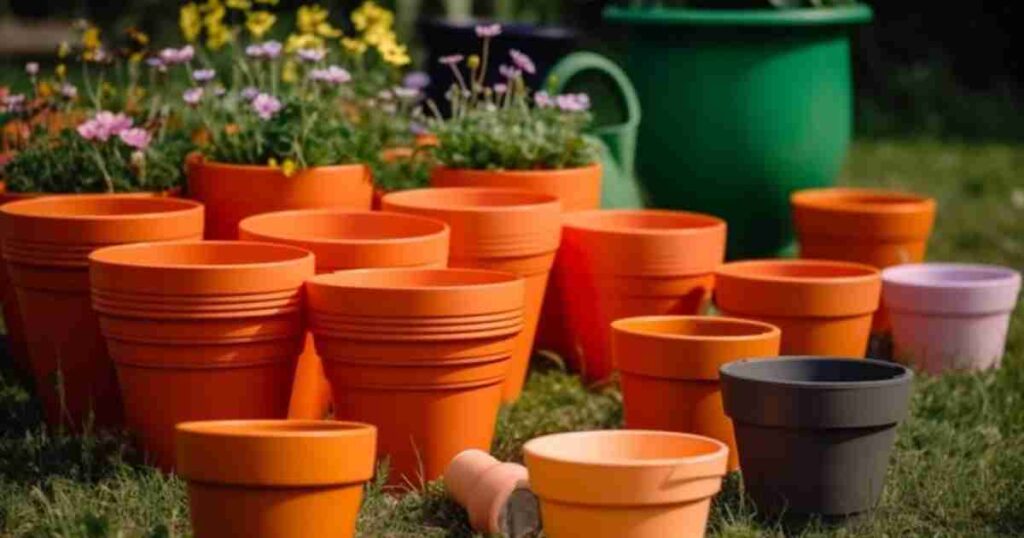
What are the best pots for beginner gardeners? There are many options, but here are some popular choices:
- Terracotta pots: These classic pots are porous, allowing for good air circulation. However, they can dry out quickly.
- Plastic pots: Lightweight and inexpensive, plastic pots come in a variety of colors and styles.
- Wooden containers: Wooden containers add a natural look to your garden but may rot over time.
- Grow bags: Fabric grow bags are excellent for root development due to their breathability.
Comparing Different Pot Materials
| Material | Advantages | Disadvantages |
|---|---|---|
| Terracotta | Porous, good air circulation, classic look | Can dry out quickly, can crack in freezing temperatures |
| Plastic | Lightweight, inexpensive, variety of styles | May not be as aesthetically pleasing as other options |
| Wood | Natural look, good insulation | Can rot over time, may be expensive |
| Grow Bags | Excellent breathability, promotes healthy roots | May not be as durable as other options |
Picking the Right Soil for Potted Plants
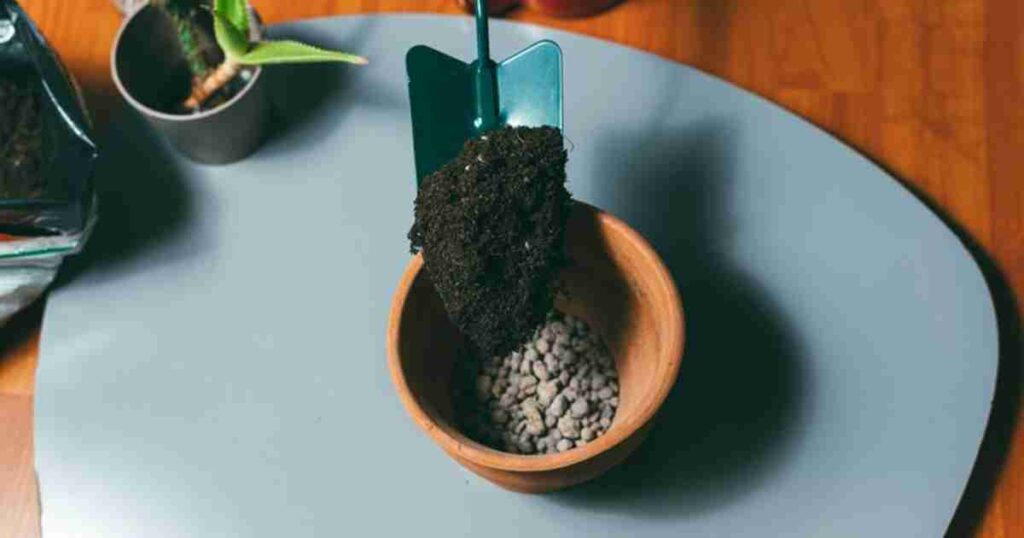
Right choice for soil determines the half growth density for your plant. So be precise and careful in it’s selection.
How to Choose Soil?
Not all soil is created equal. Garden soil from the ground is too dense for pots. Instead, use potting mix, which is lighter and drains well.
| Type of Soil | Features | Ideal For |
|---|---|---|
| Potting Mix | Lightweight, nutrient-rich | Most potted plants |
| Succulent Mix | Drains quickly, less organic matter | Succulents, cacti |
| Organic Potting Mix | Contains compost and organic material | Herbs, vegetables |
Selecting Plants for Your Potted Garden
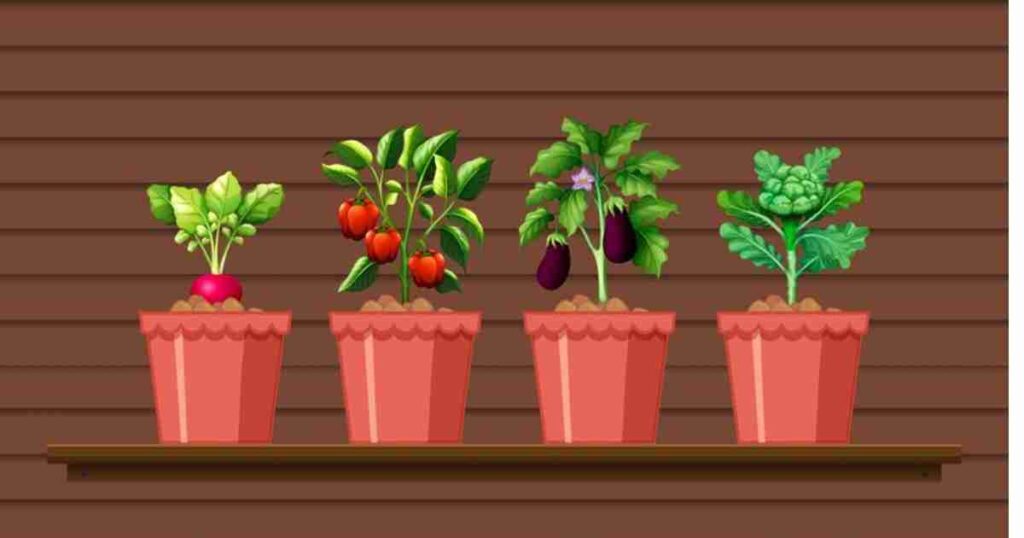
What vegetables grow well in pots? What are the easiest plants to grow in pots? These are common questions for beginners. Many vegetables, herbs, and flowers thrive in containers. Here are some easy-to-grow options:
Vegetables
- Lettuce: Grows quickly and requires minimal space.
- Tomatoes: Choose compact varieties like cherry tomatoes or patio tomatoes.
- Peppers: Hot peppers and sweet peppers are both suitable for pots.
- Radishes: These root vegetables mature quickly.
- Herbs: Most herbs, such as basil, mint, and parsley, do well in pots.
Flowers
- Petunias: These colorful flowers bloom profusely.
- Marigolds: Known for their bright orange and yellow blooms.
- Zinnias: Attract pollinators with their vibrant flowers.
- Geraniums: Easy to care for and come in a variety of colors.
How Much Sunlight Do Potted Plants Need?
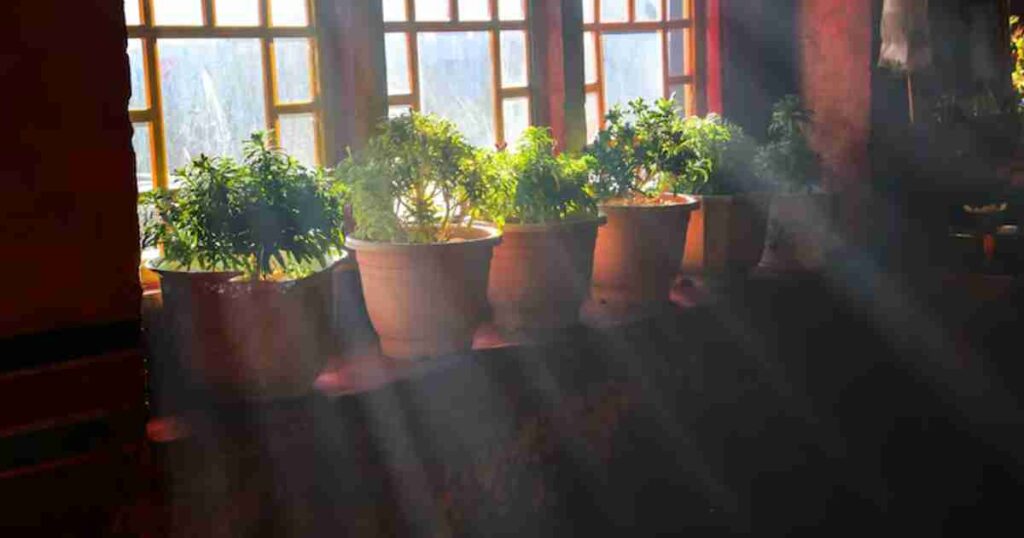
Check plant labels: Most plant labels indicate sunlight requirements (full sun, partial shade, shade). Observe your garden: Monitor how much sun your plants receive throughout the day. Adjust placement: Move pots to sunnier or shadier locations as needed.
Most plants need 6-8 hours of sunlight daily, but this varies:
- Full Sun Plants: Tomatoes, peppers, and herbs like basil.
- Partial Sun Plants: Spinach, lettuce, and flowers like begonias.
- Shade Plants: Ferns and peace lilies.
Planting Your Potted Garden
Once you have your pots, soil, and plants, it’s time to start planting! Follow these steps:
- Fill the pot with potting mix: Leave about an inch of space at the top.
- Dig a hole: Make a hole slightly larger than the plant’s root ball.
- Place the plant in the hole: Gently remove the plant from its nursery container and loosen any circling roots.
- Fill the hole with potting mix: Pat the soil gently around the base of the plant.
- Water thoroughly: Water the plant until the water drains out of the drainage holes.
How to Start a Planter Garden
How to start a planter garden is similar to starting any other pot garden. However, planters often provide more space, allowing you to create a mini garden with different plant combinations. Choose a planter with good drainage and fill it with quality potting mix. Select plants with similar sunlight and water requirements. Consider using a thriller, filler, and spiller approach:
- Thriller: A tall, eye-catching plant as the centerpiece.
- Filler: Mounding plants to fill in the middle layer.
- Spiller: Trailing plants that cascade over the edges of the planter.
To Water While Gardening In Pots

Right time and frequency of watering plays important role in plant’s growth.
How Often Should You Water?
The frequency of watering depends on the plant, pot size, and weather. Use these tips:
- Check the top inch of soil; if it’s dry, it’s time to water.
- Water thoroughly until you see drainage.
- Avoid overwatering to prevent root rot.
What Type of Fertilizer Works Best?
Fertilize every 2-4 weeks during the growing season. Always follow the directions on the fertilizer packaging. Choose a fertilizer based on your plant type:
- Balanced Fertilizers: For most flowers and vegetables.
- High-Nitrogen Fertilizers: For leafy greens.
- Slow-Release Fertilizers: Easy for beginners, feeds plants over time.
Common Mistakes While Gardening In Pots
By avoiding these common mistakes, you can ensure your potted plants thrive:
- Using Poor Soil: Invest in a quality potting mix.
- Overcrowding: Give plants enough space to grow.
- Inconsistent Watering: Maintain a regular watering schedule.
- Overwatering: One of the most common mistakes, leading to root rot.
- Underwatering: Equally detrimental, causing plants to wilt and dry out.
- Using the wrong soil: Garden soil can compact in pots, hindering drainage.
- Choosing the wrong pots: Pots without drainage holes can cause waterlogging.
- Ignoring sunlight needs: Placing sun-loving plants in shade or vice versa can affect growth.
- Neglecting fertilization: Plants in pots need regular feeding.
Tools For Gardening in Pots
Having the right tools makes gardening in pots easier:
- Trowel for planting.
- Watering can with a narrow spout.
- Pruning shears for trimming.
- Gloves to protect your hands.
Conclusion
Gardening in pots is an accessible and enjoyable way to grow plants at home. By choosing the right pots, soil, and plants, and providing proper care, you can create a thriving container garden.
Gardening in pots is a fantastic way to bring nature to any space, big or small. By following the tips and advice in this guide, you can successfully grow a variety of plants in containers.
Remember to choose the right pots and soil, select suitable plants, and provide proper care, including watering, sunlight, and fertilization. Don’t be afraid to experiment and have fun with your pot garden! Happy growing!
FAQs
Some of the frequently inquired questions about gardening in pots are as follow:
What are the best pots for beginner gardeners?
Plastic pots are lightweight and affordable, making them ideal for beginners. Ensure they have drainage holes for proper water flow.
How do I choose the right soil for potted plants?
Look for potting mix designed for containers. It’s light, drains well, and provides nutrients. Avoid garden soil as it’s too dense.
What vegetables grow well in pots?
Tomatoes, leafy greens, carrots, and peppers are great options. Choose pots with adequate depth for each plant type.
How much sunlight do potted plants need?
Most plants need 6-8 hours of sunlight daily. Check plant labels for specific requirements.
What tools are essential for container gardening?
A trowel, watering can, gloves, and pruning shears are essential. These tools make planting and maintenance easier.
